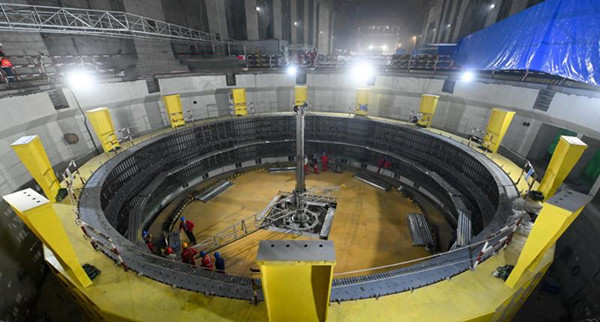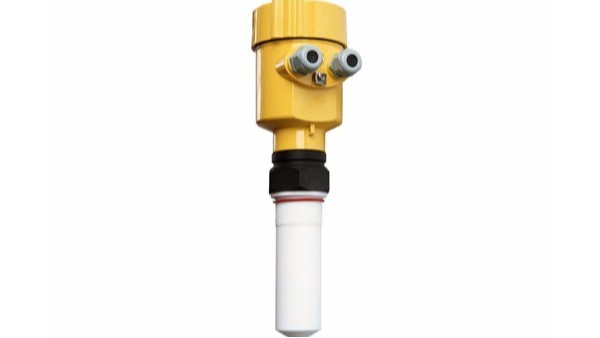The main building of a hydropower station is the core area of the hydropower station, where the measurement and control of liquid level are crucial to the stable operation of the hydropower station.
There are many instruments on the market that can be used to measure the liquid level in the main building of a hydropower station.
Radar level meter is one of them. It has been widely used in the liquid level measurement of the main building of a hydropower station.
Today we will introduce the application of radar level gauges in liquid level measurement in the main building of hydropower stations through two actual measurement cases.

The liquid level in the main building of a hydropower station has the following characteristics: The liquid level in the main building is affected by many factors, such as incoming water flow, unit operating status, power generation, etc., resulting in large fluctuations in liquid level.
In order to ensure the normal operation of the hydropower station, the measurement of the liquid level in the main power plant must be accurate and reliable, without errors, otherwise it may lead to abnormal unit operation, equipment damage and other problems. In order to fully grasp the liquid level of the main factory building, liquid level gauges need to be installed at multiple locations for monitoring.
The internal structure of the main plant is complex, with a variety of equipment and pipelines. The installation and debugging of the liquid level gauge need to fully consider the actual conditions on site. Since the liquid level gauge in the main factory building has been exposed to high humidity, high temperature, strong corrosion and other environments for a long time, regular maintenance is required to ensure its normal operation.

Let’s look at two cases together. The first is that the liquid level measurement in the main building of a hydropower station requires high accuracy and good stability to ensure the normal operation of the hydropower station. Using radar level gauges for liquid level measurement can overcome the limitations of traditional measurement methods and improve the accuracy and reliability of measurement.
Specifically, the radar level gauge uses microwave pulse technology to achieve accurate measurement of liquid level by emitting microwave pulses to the liquid surface and receiving echo signals. In practical applications, the radar level gauge has shown excellent performance, with high measurement accuracy and good stability, meeting the requirements for liquid level measurement in the main building of the hydropower station.
The second main building of a small hydropower station is smaller in scale, but it also requires accurate liquid level measurement. Since this liquid level gauge adopts a non-contact measurement method and is not affected by external factors such as medium physical properties, temperature, and pressure, it has a wide range of applications.
In practical applications, this radar level gauge has demonstrated high accuracy, high stability and high reliability, and can meet the needs of liquid level measurement in the main building of small hydropower stations. At the same time, the radar level gauge also has the advantages of easy installation and maintenance, which reduces the cost of use.

Radar liquid level gauges have broad application prospects in liquid level measurement in the main building of hydropower stations. Through the analysis of actual cases, it can be seen that the radar level meter has the advantages of high accuracy, good stability, and strong reliability, and can meet the needs of liquid level measurement in the main powerhouses of hydropower stations of different sizes.
With the continuous development of radar technology, the performance of radar level gauges will be further improved, and its application in liquid level measurement in the main building of hydropower stations will also be more extensive.
Therefore, for the measurement and control of liquid level in the main building of a hydropower station, it is recommended to use radar level gauges as the main measuring instrument.
